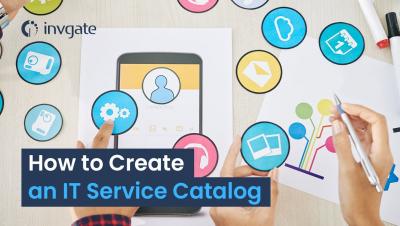ITSM Statistics: The 2023 State of ITSM Process Adoption
Whether you know it or not, it’s quite possible that your organization has an IT Service Management approach. After all, every business wants to have the right capabilities to deliver value to its customers. But is it too possible? What’s the state of ITSM process adoption? That’s what we’re about to find out! In H1 2022, AXELOS created an IT Service Management (ITSM) Benchmarking Report for its myAXELOS subscribers.















